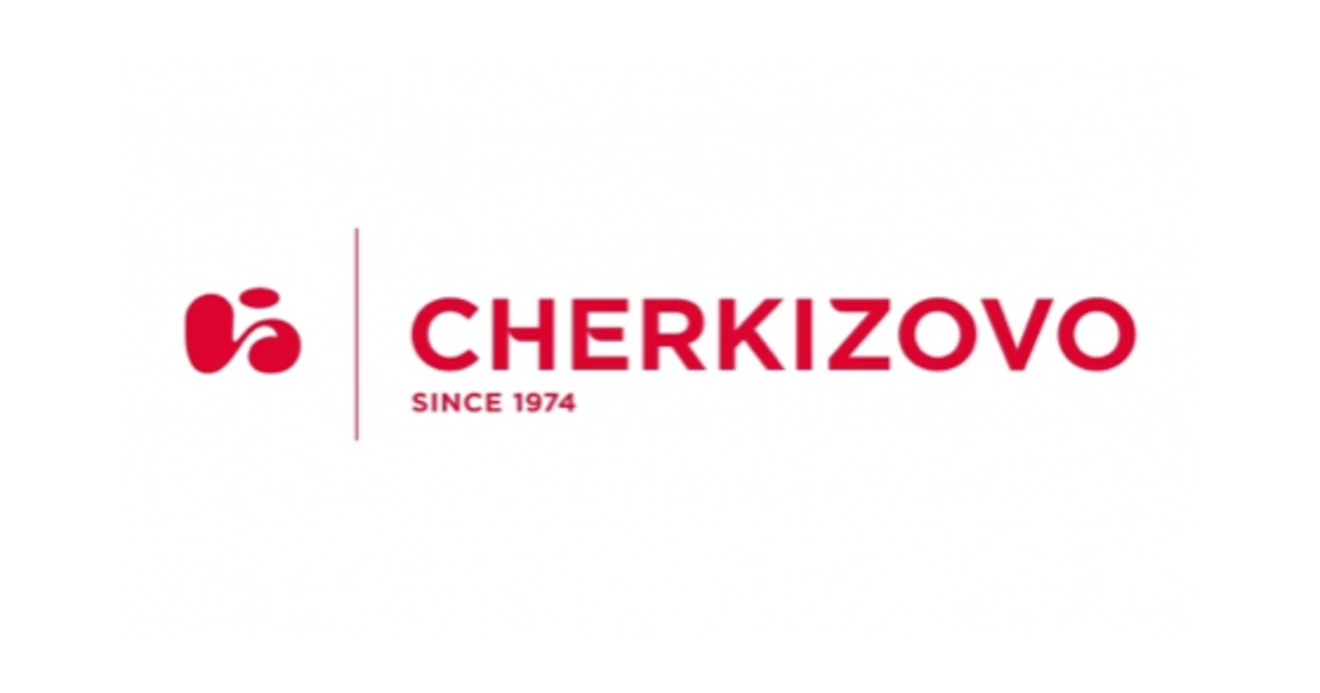Cherkizovo Group PJSC
Key Information
HQ:
Russia
Market Cap:
$1.67bn
Primary Market:
Europe
Business Type:
Protein Producer
Company Information
Company Summary
Cherkizovo Group is Russia's largest vertically integrated meat and feed producer. It is one of the top three companies serving Russia's chicken, pork and processed meat markets, and is the country's largest feed manufacturer.
Revenue
Total revenue:
$2.1bn
Revenue by Geography
Revenue by Protein
Revenue by Product Type
Disclosures
CDP ScoresLast Reviewed: 10/16/2024
| CDP Climate | CDP Forests | CDP Water |
|---|---|---|
| No | No | No |
Science Based Target initiativeLast Reviewed: 10/16/2024
| Target classification | Status | Date |
|---|---|---|
| Has not set SBT | 2023 |

